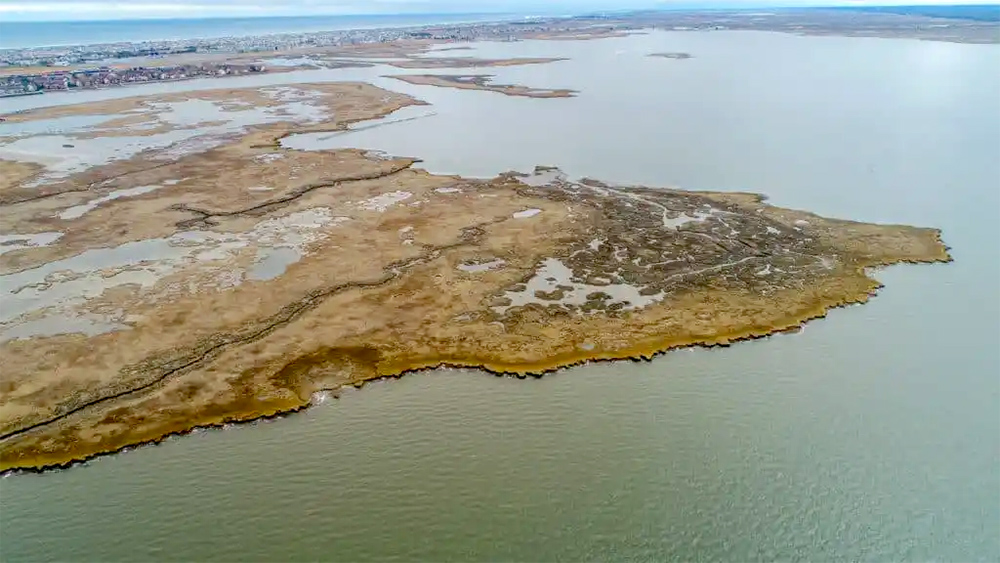By Sarah Fertsch
Staff Writer
Did you know that a little island exists in the bay behind Ocean City? Me neither.
A couple hundred feet off Tennessee Avenue around the 17th block, Shooting Island can be found. The 150-acre island serves as a wildlife preserve and a vital storm barrier, protecting OC residents and their properties.
In the past 80 years, Shooting Island has experienced significant flooding, with almost 60 feet of the island eroding into the bay. Hurricane Sandy in 2012 decimated the little isle, so much so that boats cannot get too close because of the dangerously shallow waters: a byproduct of dredging.
The New Jersey Department of Environmental Protection released a statement that predicted that if no action is taken, Shooting Island will be completely underwater by 2100.
In 2018, in partnership with the U.S. Army Corps of Engineers, the State of New Jersey, and the City of Ocean City announced a $2 million plan to save Shooting Island.
Ocean City Public Information Officer Doug Bergen explained that the project is divided into two main parts: development of about 3,200 linear feet of living shoreline rock sill to protect existing marsh, and allow for further development of marsh on the island, and construction of approximately 1,900 linear feet of living shoreline using oyster “castles.” The oyster castles are man-made blocks, like Legos, that provide the ideal habitat for shellfish.
Locals fear that the city is committing too much time and resources to the island, especially because it is uninhabitable marshland. “Who cares if it sinks, honestly,” said Mike Hardy, who lives on the south end of Ocean City. “Why not reduce the price of beach tags or get rid of parking meters instead of saving a sinking ship?”
Carol Beske, an executive with the U.S. Army Corps of Engineers, spoke with Shore Local News on the benefits to Ocean City due to the project. “Ocean City will experience less storm damage because Shooting Island will take the brunt of whatever hurricane comes next,” said Beske. “Also, we should take pleasure in supporting the greater good, like giving coastal birds a safe home.”
Beske pointed to the successful preservation of Poplar Island, a similar marshy isle of about 1,700 acres off the shore of Maryland in the Chesapeake Bay. The channels there are more easily navigated by larger vessels, and the wildlife seems to be thriving, according to Beske.
“How often do we have the opportunity to save an island?” asked Beske. “Protecting our planet and the little corners of our home, that’s what matters.”
Last month, the “living shoreline” project entered Phase 2, meaning that the rock sills and oyster habitats have been constructed and are ready to be filled in. “The mayor (Jay Gillian) is grateful to the state Department of Environmental Protection, the National Fish and Wildlife Foundation, the National Marine Fisheries Service and the U.S. Army Corps of Engineers for their partnership and financial support in this groundbreaking project,” said Bergen.
Almost 3,000 feet of rock sill have been installed to protect the marsh, and the oyster castles are ready to house and feed thousands of shellfish, which help absorb the impact of any large waves or strong winds.
“We are building a wildlife community from the ground up,” said Beske. “I don’t think anything could be cooler.”










